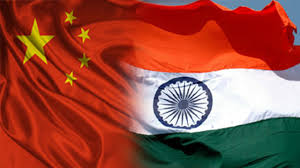
NEW DELHI/BEIJING (PTI): India on Thursday said a complete disengagement of troops in eastern Ladakh can be achieved only through mutually agreed reciprocal actions and also highlighted resolution of border incidents with China in the past through diplomacy.
The Ministry of External Affairs (MEA) spokesperson Anurag Srivastava said complete disengagement requires re-deployment of troops by each side towards their regular posts on their respective sides of the Line of Actual Control(LAC) and this can be done only through mutually agreed actions.
At an online media briefing, Srivastava also talked about External Affairs Minister S Jaishankar's reference, in a recent interview, to resolution of various border incidents in the past through diplomacy.
"I would also refer you to the recent interview of External Affairs Minister (EAM) wherein referring to various past border incidents he had noted that what was common was that all border situations were resolved through diplomacy," Srivastava said.
He further said: "EAM had further noted that 'when it comes to finding a solution, this must be predicated on honouring all agreements and understandings. And not attempting to alter the status quo unilaterally'".
China, meanwhile, said India should look at the big picture of bilateral ties and work with it and take concrete steps to bring the relationship back on the right track of normal development." Beijing also said New Delhi should put the border issue in an appropriate position in this "big picture" and avoid misjudgement.
Asked for his comments on the current situation at the India-China border at the monthly online media briefing, Chinese Defence Ministry Spokesman Senior Colonel Wu Qian said progress has been made in the disengagement of the frontline troops of India and China in eastern Ladakh due to efforts from both sides.
"China and India are important neighbours to each other. Maintaining peace and stability in the border areas is not only conducive to their respective development, but also to regional and world peace and stability , he said, adding that "remaining issues" at the border needed to be handled properly.
"India could work with China towards the same goal, bearing in mind the big picture of bilateral ties and putting the border issue in an appropriate position in this big picture, avoid misjudgement, keep divergences from escalating into disputes, and take concrete steps to bring the bilateral relations back to the right track of normal development," Wu was quoted as saying in a statement put out by the Ministry of Defence.
At his online briefing, Srivastava also referred to last week's talks between the two sides under the framework of the Working Mechanism for Consultation and Coordination (WMCC) on border affairs.
"As I had conveyed earlier, complete disengagement requires re-deployment of troops by each side towards their regular posts on their respective sides of the LAC. It is natural that this can be done only through mutually agreed reciprocal actions. Thus it is important to bear in mind that achieving this requires agreed actions by both sides," he said.
Srivastava said the two sides at the last meeting of the WMCC agreed to resolve the outstanding issues in an expeditious manner and in accordance with the existing agreements and protocols.
"Both sides also agree that full restoration of peace and tranquility in the border areas would be essential for the overall development of bilateral relations. The two sides had also agreed to continue their engagements both through diplomatic and military channels," he said.
At the WMCC talks, Srivastava said the two sides had a candid and in-depth exchange of views on the existing situation in the India-China border areas.
"Both sides have reaffirmed that the two sides will continue to sincerely work towards complete disengagement of the troops along the Line of Actual Control in the Western Sector in accordance with the agreements reached between the two Foreign Ministers and the two Special Representatives," he said.
On July 5, National Security Advisor Ajit Doval and Chinese Foreign Minister Wang Yi held a nearly two-hour-long telephonic conversation on ways to resolve the row.
The formal process of disengagement of troops began a day after Doval-Wang talks. Both Doval and Wang are special representatives for boundary talks.
In Beijing, Wu was further quoted as saying that China and India have agreed to follow the "important consensus reached by the leaders of both countries and other relevant agreements, continue to maintain dialogue and communication through military and diplomatic channels, further ease and cool down the China-India border situation, properly handle the remaining issues, and jointly safeguard peace and tranquility in the border area."
The Chinese military has pulled back from the Galwan Valley and certain other friction points but the withdrawal of troops has not moved forward in Pangong Tso, Depsang and a couple of other areas since mid-July, sources said.
In the five rounds of Corps commander-level talks, the Indian side has been insisting on complete disengagement of Chinese troops at the earliest, and immediate restoration of status quo ante in all areas of eastern Ladakh prior to April.
The tension between the two sides escalated manifold after the violent clashes in Galwan Valley on June 15 in which 20 Indian Army personnel were killed.
The Chinese side also suffered casualties but it is yet to give out the details. According to an American intelligence report, the number of casualties on the Chinese side was 35.
Following the Galwan Valley incident, the government gave the armed forces "full freedom" to give a "befitting" response to any Chinese misadventure along the LAC.
The Army sent thousands of additional troops to forward locations along the border following the deadly clashes. The IAF has also moved air defence systems as well as a sizeable number of its frontline combat jets and attack helicopters to several key air bases.
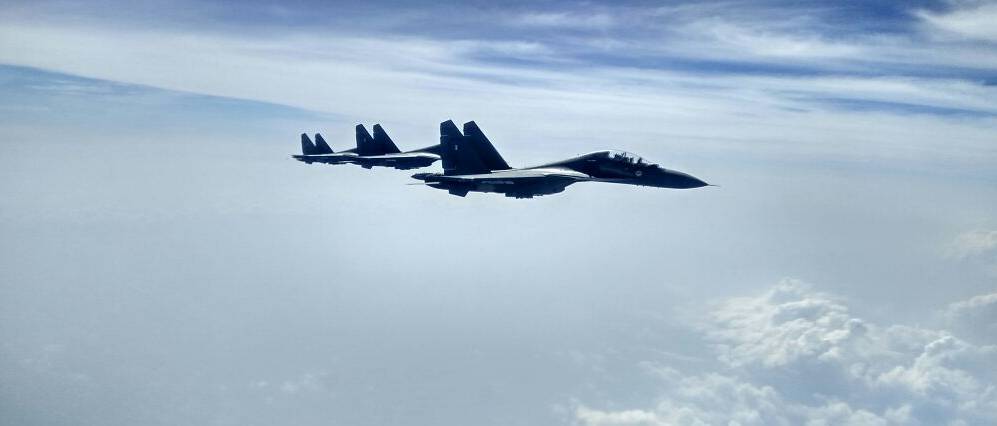 Previous Article
Previous Article Next Article
Next Article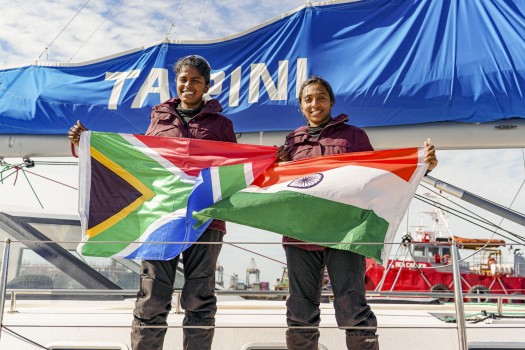

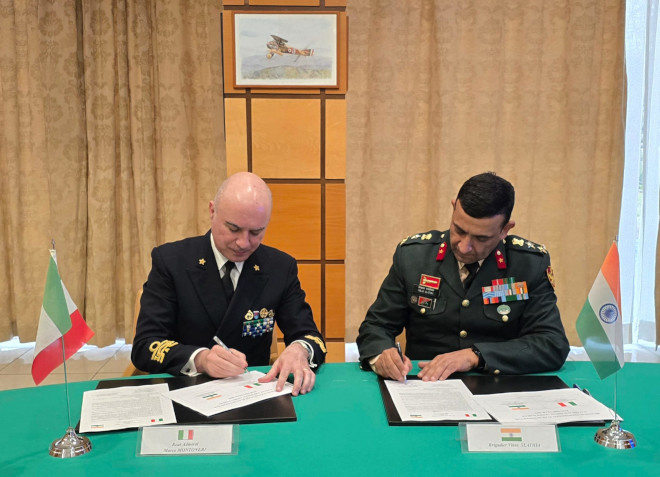
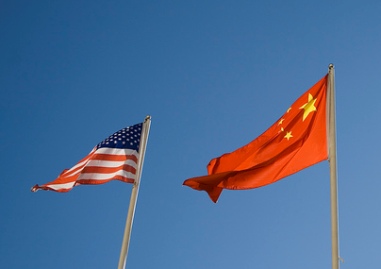










The Indian Air Force, in its flight trials evaluation report submitted before the Defence Ministry l..
view articleAn insight into the Medium Multi-Role Combat Aircraft competition...
view articleSky enthusiasts can now spot the International Space Station (ISS) commanded by Indian-American astr..
view article